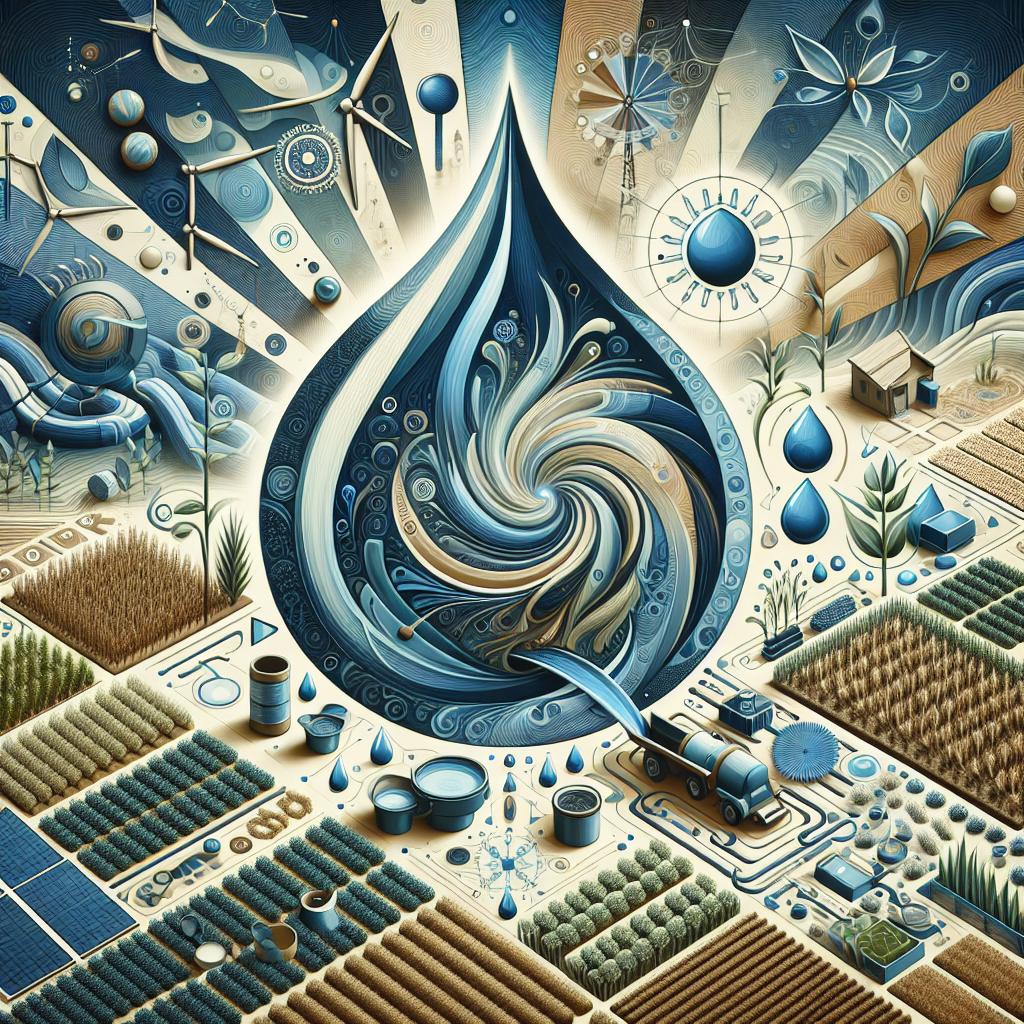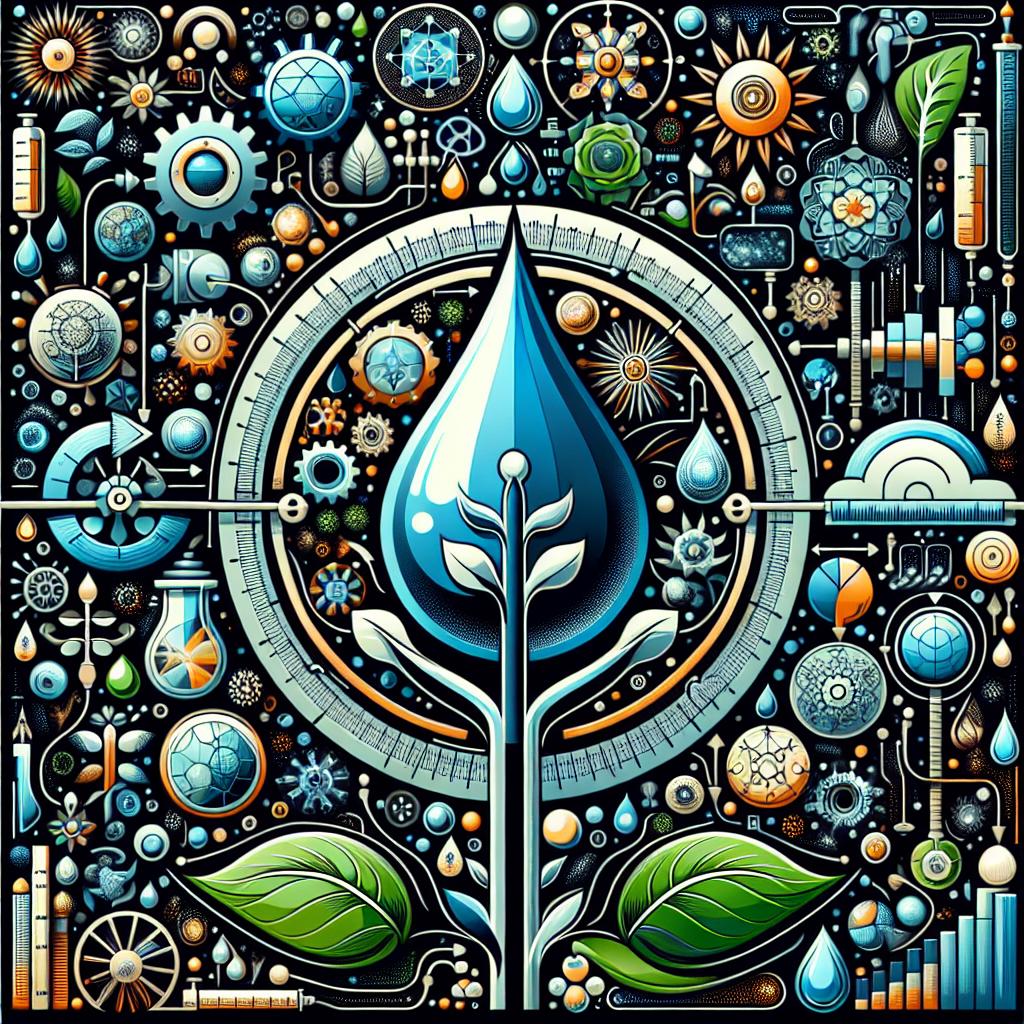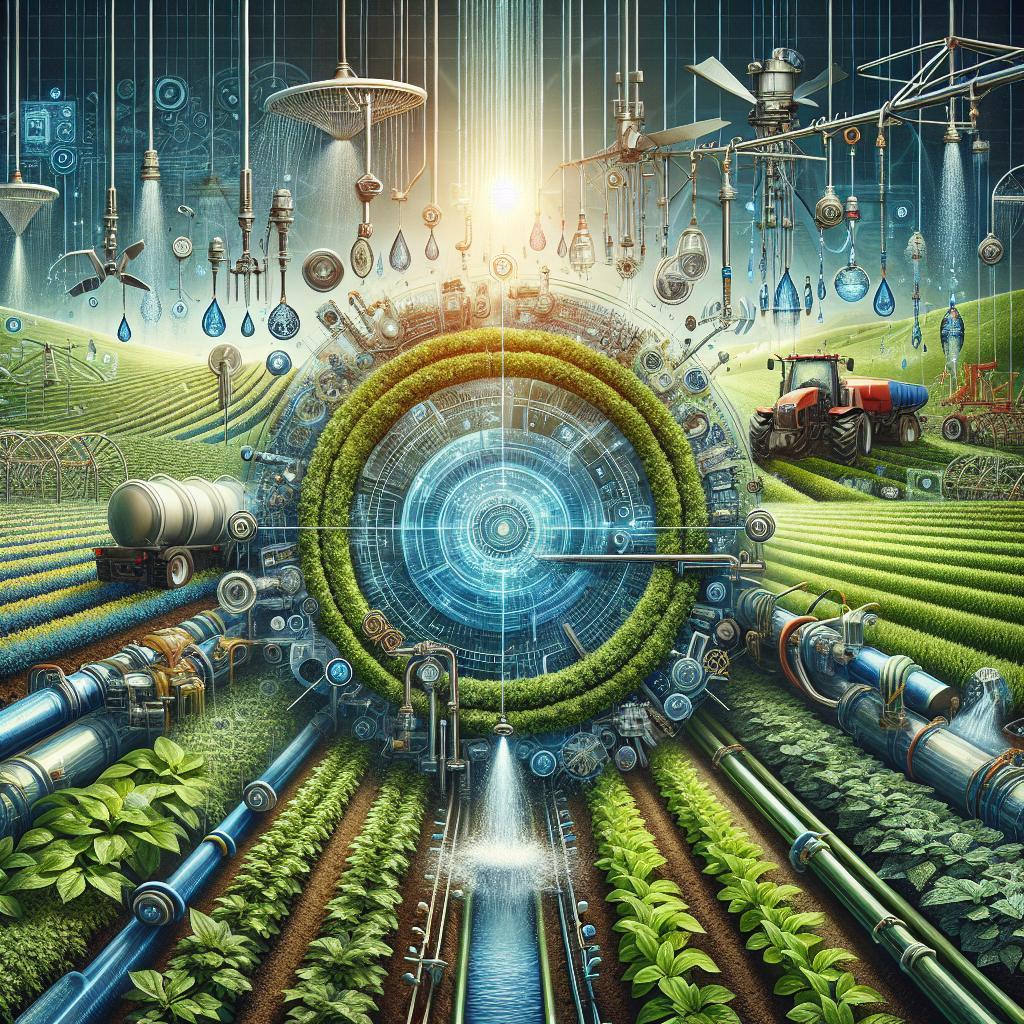This post may contain affiliate links which means I may receive a commission for purchases made through links. Learn more on my Private Policy page.
Introduction:
In the vast tapestry of agriculture, where sunlight kisses the earth and seeds take root, one essential element fuels the cycle of growth: water. As farmers and gardeners alike strive too nurture their crops and sustain our ever-growing population, the quest for efficient and effective irrigation systems has never been more vital. but with so many options buzzed about in the fields of innovation, how do you sift through the noise and find the perfect solution for your patch of paradise? Welcome to our delightful dive into the world of farm irrigation systems! Whether you’re a seasoned pro or just starting your green journey, we’ll explore the most popular irrigation methods on the market today, showcasing their unique benefits and how they can transform your farming experience. Get ready to sprinkle a little magic on your crops and let’s turn the tide on traditional watering techniques together!
Understanding the Basics of Farm Irrigation: Finding the Right Fit for Your Needs
Choosing the right irrigation system for your farm is paramount to achieving optimal crop yield and resource efficiency. Several popular systems each come with their own set of advantages and disadvantages that cater to diffrent agricultural needs. For instance, drip irrigation is celebrated for its ability to deliver water directly to the plant root zone, minimizing water waste and promoting healthier plants.On the other hand, sprinkler systems offer versatility, as they can cover large areas efficiently, making them ideal for various crop types. Additionally, surface irrigation, although more traditional, is still widely used due to its low initial investment and simplicity, notably in flat terrains.
When selecting an irrigation system,consider factors such as water source availability,crop types,and soil conditions. Here’s a quick comparison of some popular systems:
| Irrigation System | Advantages | Disadvantages |
|---|---|---|
| Drip Irrigation | – Efficient water use – Reduces weed growth |
– Higher initial cost – Requires maintenance |
| Sprinkler Systems | – Covers large areas - Adaptable to various terrains |
– Can lead to evaporation loss – Uneven water distribution |
| Surface Irrigation | – Low-cost setup – Simple and effective |
– Less efficient use of water – Dependent on soil type |
Understanding your specific needs and constraints is essential before investing in an irrigation system. By weighing the strengths and weaknesses of each option, you can select a system that not only supports your farming goals but also contributes to sustainable water management practices.

Exploring the Benefits of Drip Irrigation: Efficiency at Its Best
Drip irrigation stands out as a game-changer in modern agricultural practices, delivering water directly to the roots of plants with pinpoint accuracy. This method not only conserves water but also optimizes nutrient applications, ensuring that crops receive exactly what they need for healthy growth.With its ability to substantially reduce evaporation and runoff, farmers can achieve remarkable results even in arid conditions. Some key benefits include:
- Water Efficiency: uses 30-50% less water compared to traditional methods.
- Reduced labor Costs: Automation capabilities reduce the need for manual watering.
- Improved Crop Health: Consistent moisture levels promote better root development.
In addition to its water-saving qualities, this irrigation system promotes sustainability and enhances soil health.By minimizing weed growth and preventing erosion, drip irrigation creates an ideal habitat for crops to flourish. Moreover, its adaptability makes it suitable for a variety of crops and terrains, from small home gardens to expansive commercial farms.Consider the following advantages:
- Adaptability: Can be easily adjusted to accommodate different crop types.
- Pest Management: Wetting foliage is minimized, reducing disease incidence.
- Cost Savings: Long-term reduction in water bills and increased yield efficiency.

The Rise of Smart Irrigation Systems: Technology Transforming Farming Practices
the evolution of irrigation technology has paved the way for smart systems that do more than just wet the soil. These refined setups utilize a variety of sensors, data analytics, and automation to deliver precise amounts of water to plants, drastically reducing waste and ensuring optimal growth conditions. Farmers now rely on integrated solutions that take local weather data, soil moisture levels, and even crop types into account when determining watering schedules. This results in notable savings on water consumption and energy costs, while also enhancing crop yields and sustainability.
Several prominent smart irrigation systems currently dominate the market, each offering unique features tailored to specific farming needs. Here’s a glance at some of the most popular options:
| System | Features | Best For |
|---|---|---|
| Hydrawise | Cloud-based control, weather analytics | Small to medium farms |
| RainMachine | Smartphone integration, customizable scheduling | Home gardens & greenhouses |
| netafim | Drip irrigation technology, crop-specific solutions | Large-scale agriculture |
The convergence of technology and agriculture is not merely enhancing efficiency but is also empowering farmers to make informed decisions. Many systems can be operated remotely via smartphones, allowing for real-time adjustments based on changing weather or unforeseen conditions. As these smart irrigation systems gain popularity, they promise to contribute significantly to the future of sustainable farming, ensuring that every drop of water counts.

Comparing Traditional and Modern Methods: Making Informed Choices for Your Farm
When considering irrigation systems, it’s essential to evaluate both traditional and modern methods to find the best fit for your specific farming needs.Traditional systems such as surface irrigation, which relies on gravity to distribute water, have been trusted for generations. These techniques can be less expensive initially and are low-tech, making them accessible even for smaller farms. However, they often face challenges related to water efficiency and timing, especially in regions impacted by drought. In contrast, modern systems like drip and sprinkler irrigation are designed with efficiency in mind, utilizing advanced technology to optimize water usage. These systems can significantly reduce evaporation and runoff, leading to healthier crops while conserving valuable water resources.
Choosing between these approaches often comes down to personal preferences and farm characteristics. Here’s a quick comparison to guide your decision-making:
| Method | Advantages | Disadvantages |
|---|---|---|
| Traditional Surface Irrigation |
|
|
| Modern drip Irrigation |
|
|
Future Outlook
As we unearth the secrets of the most popular farm irrigation systems on the market, it’s clear that the right choice can transform fields into flourishing crops. Whether you’re a seasoned farmer or just starting your journey in agriculture, understanding the ins and outs of these systems can empower you to make informed decisions that nurture both your land and your wallet.
From the timeless charm of traditional drip systems to the innovative splash of smart technology, each option offers unique benefits tailored to various needs and conditions.Remember, the heart of successful farming lies in the balance of nature and technology, where every drop counts.
So as you step back into your fields, let the insights gathered guide you toward greener pastures and bountiful harvests. Embrace the adventure, stay curious, and keep exploring new possibilities. Here’s to watering not just crops, but dreams—may your fields be ever lush and your skies be clear! Happy farming! 🌾💧
This post may contain affiliate links which means I may receive a commission for purchases made through links. Learn more on my Private Policy page.

